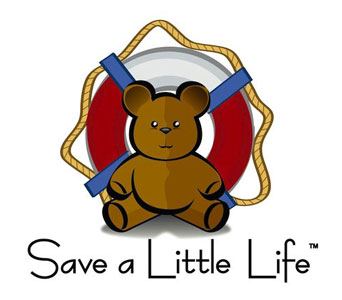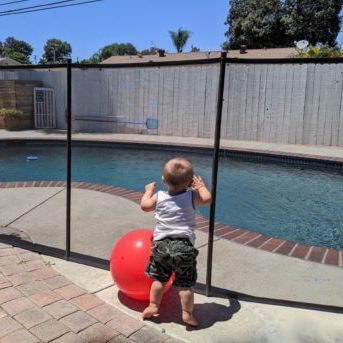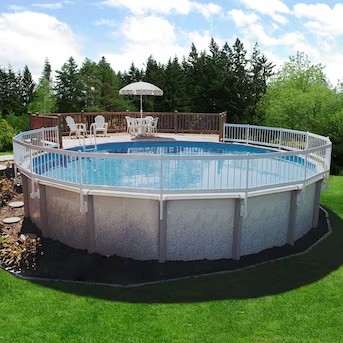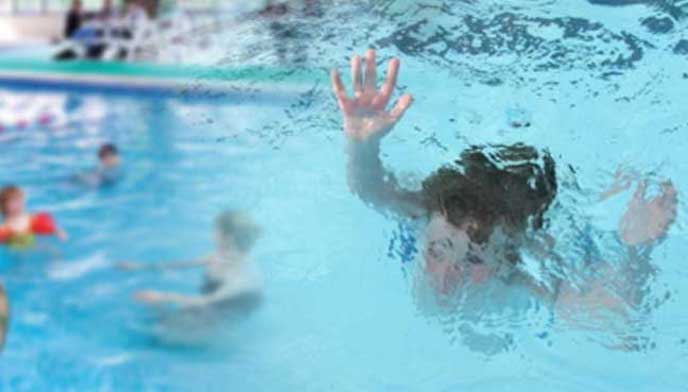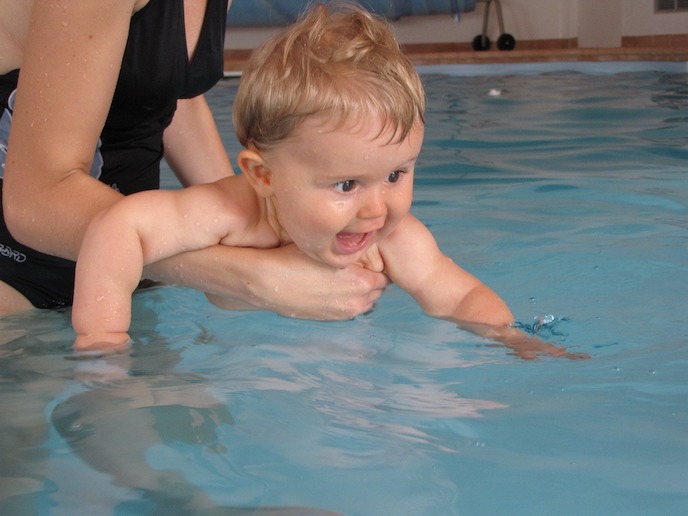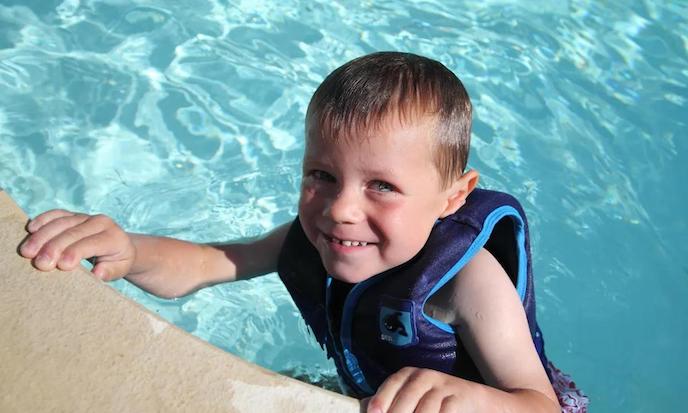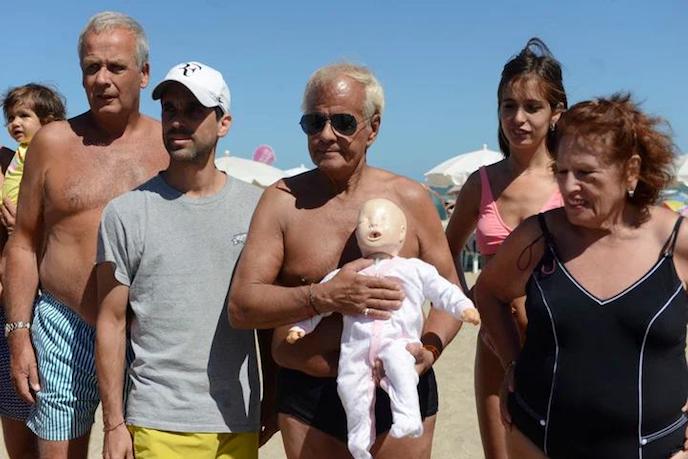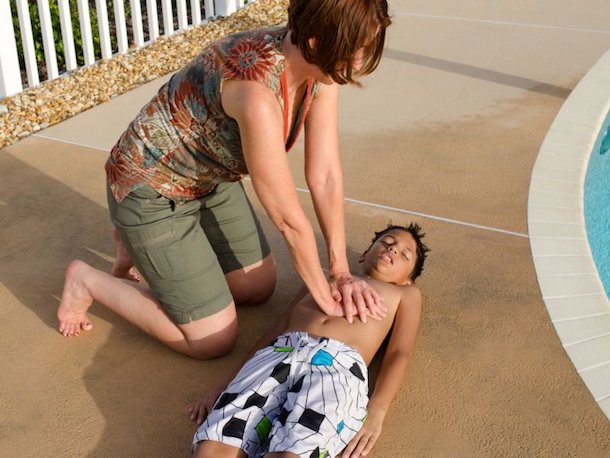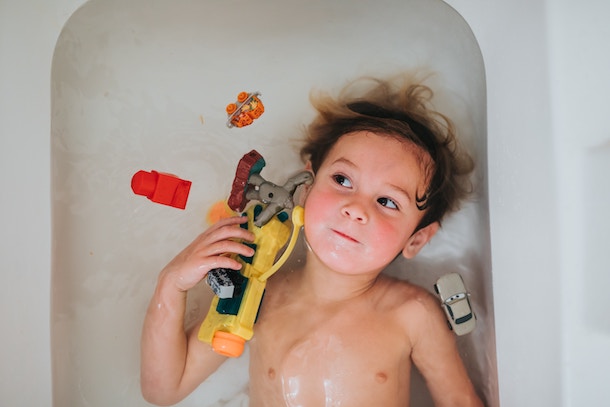Anyone who reads our Safety Corner Blog knows that we spend a lot of time talking about the threat of drowning. That is because we know that drowning is the leading cause of death in ages 1-4 years of age. We also know how quickly a drowning can occur. It happens quickly, silently, and even when adults are close at hand.
Most people assume that drowning is primarily a summer concern but did you know that there are still 900 drownings per year in bathtubs? The number of drownings that occur in hot tubs is also on the rise.
70% of drownings in the 1-4 age group occur in non-swimming times. In other words, when we least expect it. Under those circumstances, children are generally found after an unknown number of minutes, often too late to make a difference.
It’s important for parents and all caregivers of children to understand that drowning happens quickly and can have a lasting effect. Submersions that last longer than 6 minutes may result in severe, possibly permanent life-long consequences. Or worse.
You cannot wait for a paramedic response to save lives. Response to a drowning must occur immediately after getting someone out of the water. With immediate application of CPR, lives are usually saved in those vital minutes between the discovery and removal of the victim.
We recently spoke to three families who in 2023 experienced firsthand the trauma of a drowning infant or child. Not surprising to us was the fact that these drownings occurred with one or more adults present or very near to where the event took place.
Thankfully, the parents we spoke with were able to revive the little ones (ranging from 10 months to 9 years of age) with basic CPR skills, although in one case it was a close call. Full recovery was not achieved until after the arrival and treatment by paramedics. Out of all the family members present when the drownings occurred only one had recent CPR training and several had not had a class in nearly 10 years.
PREVENTION IS KEY.
Please read our article The Five Layers of Protection That Prevent Children From Drowning in which we outline specific safety measures for pools and hot tubs as recommended by the National Drowning Prevention Association.
The number one requirement and most effective measure? Close, constant, attentive and capable adult supervision.
And needless to say, CPR training is invaluable.
Time to update your life-saving skills? Save A Little Life™ classes are available as both private and public events. Why not make it a family affair?
Contact us for more information.
